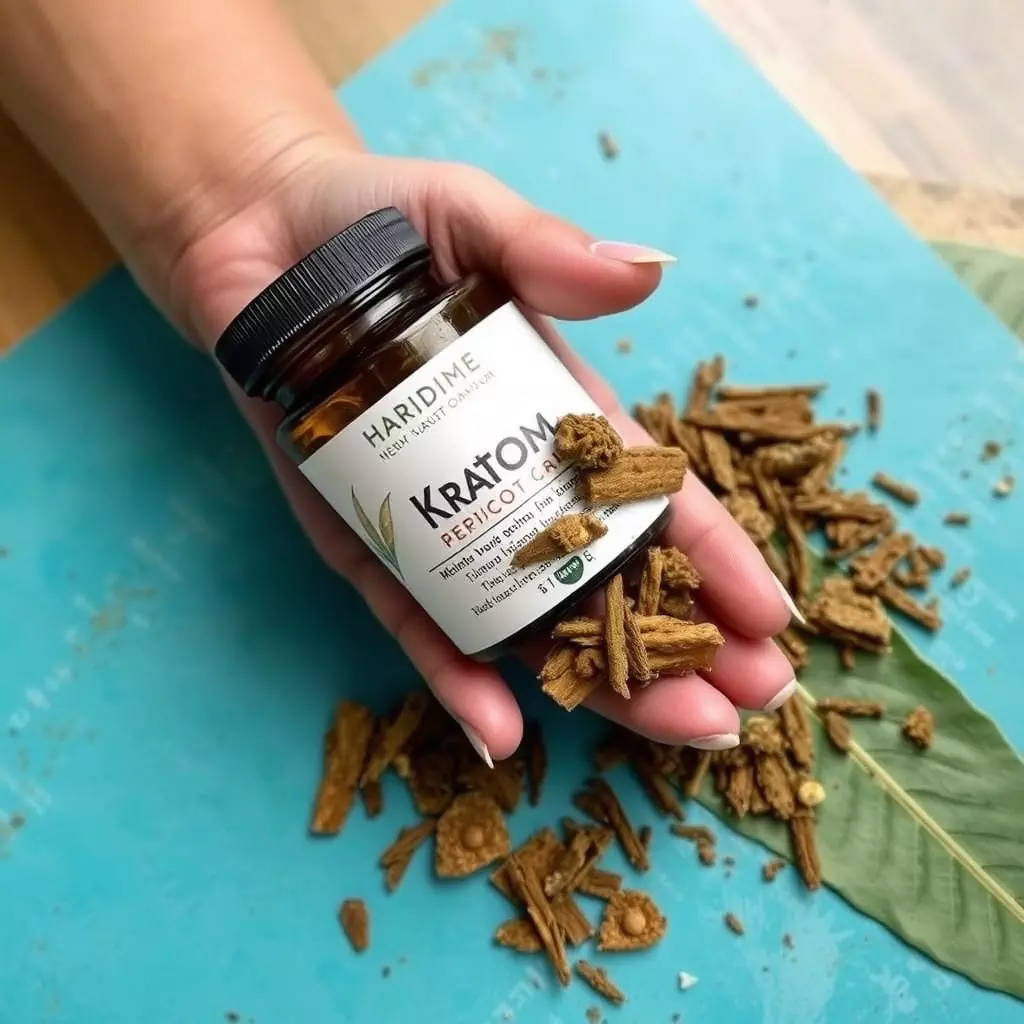Kratom, derived from Mitragyna speciosa leaves, is a natural herb gaining popularity as an alternative for addiction recovery, offering both joint pain relief and reduced withdrawal symptoms. Its active compounds interact with opioid receptors, providing a unique approach to managing addiction. While kratom shows promise, consulting healthcare professionals before use is crucial due to lack of comprehensive clinical studies. Combining kratom with traditional therapies offers a holistic approach to recovery, emphasizing the need for proper monitoring and education to ensure safe usage.
Kratom, derived from the tropical plant Mitragyna speciosa, is gaining recognition as a potential natural solution for addiction recovery. This article explores how kratom can aid in managing withdrawal symptoms, particularly joint pain, offering a unique approach to supporting those on their path to sobriety. We’ll delve into the science behind its effects, safety considerations, and practical guidelines for utilizing kratom effectively for addiction treatment, highlighting its promise as an alternative therapy.
- Understanding Kratom: A Natural Approach to Addiction Recovery
- How Kratom Can Help Alleviate Joint Pain During Withdrawal
- Navigating Safety and Effective Use of Kratom for Addiction Treatment
Understanding Kratom: A Natural Approach to Addiction Recovery
Kratom, derived from the leaves of the Mitragyna speciosa plant, is a natural herb that has gained significant attention in recent years as an alternative treatment for addiction recovery. Often referred to as a “game-changer” in the field of substance abuse treatment, kratom offers a unique approach to addressing withdrawal symptoms and cravings without the side effects associated with many conventional medications. Its primary active compounds, mitraginin and 7-hydroxymitragynine, interact with opioid receptors in the brain, providing joint pain relief while mitigating the intense discomfort often experienced during addiction withdrawal.
This natural herb has been used for centuries in Southeast Asia for various purposes, including managing pain, treating anxiety, and improving mood. In modern times, it is increasingly recognized as a promising tool for individuals seeking to break free from addictive behaviors. With its ability to provide joint pain relief and its relatively low risk profile compared to prescription medications, kratom represents a promising avenue for those navigating the challenging path of addiction recovery.
How Kratom Can Help Alleviate Joint Pain During Withdrawal
Kratom has gained recognition as a natural remedy for alleviating various types of pain, including joint pain often experienced during addiction withdrawal. This herb, derived from the Mitragyna speciosa plant, contains unique compounds that interact with opioid receptors in the body, offering an alternative to traditional painkillers. When someone is going through withdrawal from addictive substances, their bodies may undergo intense physical symptoms like joint pain, muscle aches, and inflammation. Kratom’s analgesic properties can provide much-needed relief by reducing these discomforts, allowing individuals to feel more comfortable during the recovery process.
The joint pain relief with kratom is attributed to its ability to inhibit prostaglandin production, which plays a significant role in causing inflammation and pain. By moderating this response, kratom can help reduce swelling and tenderness, making it easier for addicts to move around and engage in activities that promote healing and recovery. Moreover, the plant’s active compounds have shown promise in mitigating withdrawal symptoms, including joint pain, by stabilizing mood and reducing anxiety, thereby contributing to a smoother transition to a drug-free lifestyle.
Navigating Safety and Effective Use of Kratom for Addiction Treatment
Navigating the safety and effective use of Kratom for addiction treatment requires a nuanced approach. While Kratom has shown promise in helping manage withdrawal symptoms, it’s crucial to understand its potential risks and benefits. Research suggests that Kratom can alleviate joint pain relief, making it a valuable tool for individuals experiencing physical discomfort during recovery. However, the lack of comprehensive clinical studies highlights the importance of consulting healthcare professionals before integrating Kratom into an addiction treatment plan.
Dosage, purity, and individual tolerance vary widely with Kratom, emphasizing the need for guidance. Combining Kratom with traditional therapeutic interventions can offer a holistic approach to addiction recovery. Proper monitoring and education about safe usage are essential to prevent adverse effects and ensure positive outcomes.
Kratom has emerged as a promising natural alternative for managing addiction and its associated symptoms, particularly during withdrawal. Its ability to provide joint pain relief makes it an even more appealing option for those struggling with substance use disorders. However, it’s crucial to approach kratom use under professional guidance, ensuring safety and effectiveness in the treatment process. By understanding its mechanisms and potential benefits, individuals can make informed decisions regarding their recovery journey, leveraging the power of nature to complement traditional rehabilitation methods.





